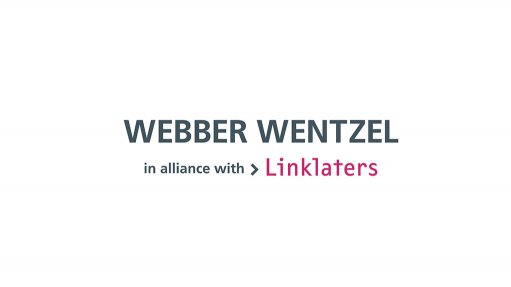
The recent agreement by 130 of the 139 countries participating in the OECD/G20 Inclusive Framework (IF) to implement the two-pillar package will result in a fundamental shift in the way international taxation has worked in the past. It “wipes the slate clean”.
Background
The IF solution to reform international tax rules on the digitalisation of the economy has two pillars.
The first pillar was designed to find a more equitable way of taxing multinational digital businesses (e.g., Google, Amazon, Netflix, Facebook), since they currently pay taxes in a different jurisdiction from those market jurisdictions where they earn significant revenue. However, this pillar will impact more than the traditional digital economy as it will affect any multinational business with similar consumer facing characteristics.
The second pillar is aimed at a global levelling of tax rates by applying a top-up tax, using an effective tax rate test, to achieve a minimum effective direct tax rate across the globe of 15%. This is the pillar that will likely have the most immediate impact on revenue collection by SARS.
The changes brought about by the agreement on the IF will not be immediate or rapid as they will require each participating country to revise domestic tax laws and enter into revised bilateral treaties. Implementation will also likely require each country to sign an overarching multilateral instrument (MLI). In South Africa, the MLI will take effect once the agreement is approved by Parliament and published in a government gazette.
Pillar One – SARS will have its (VAT) cake and eat [A]t too
Under Pillar One, multinational companies with global turnover above Euros 20-billion and a profit margin of over 10% will have to pay tax (Amount A) in jurisdictions where they earn at least Euros 1-million (or Euros 250,000 in smaller countries) in revenue from products used or consumed.
To address revenue leakage, some countries have already introduced a digital services tax (DST) as a unilateral measure in advance of these proposals. South Africa has not yet introduced a DST but has begun work on it. Countries that have implemented DST do so in various ways, such as through a withholding tax, income tax on the "digital marketplace" or tax on importation of digital services or products. These are unilateral measures which do not allow the company paying the tax to offset it in other jurisdictions. Pillar One requires removal of all DST and relevant similar measures on all companies.
Pillar One relates only to direct taxes, not to VAT. Many countries, including South Africa, earn VAT from the sale of digital products and services which is paid by the end-consumer, not by the multinational business. These countries will likely not need to restructure their VAT rules to implement this pillar as VAT is a consumption tax on the consumer or recipient and Pillar One affects income taxes levied on the supplier.
In theory, Pillar One would benefit South Africa and other markets for digital services and products in that the fiscus would be able to levy taxes on an area of economic activity that is not currently being taxed. Thus, if foreign multinationals generate income in South Africa in excess of Euros 1-million, South Africa should be able to get a slice of the tax pie.
Further, it is unlikely that South Africa’s largest multinationals will meet the Euros 20-billion in global turnover and 10% profit margin threshold requiring them to give up a slice of the pie to other jurisdictions.
Pillar Two – South Africa should reduce corporate tax rates further
A number of South African corporations, mainly those doing business in African countries where effective corporate tax rates are relatively high, have used low-tax jurisdictions such as Mauritius or the Seychelles to operate intermediary holding companies or centralised operations to manage their effective tax rates, using the low tax jurisdictions to balance the high tax rates in Africa. These companies will likely be affected by Pillar Two of the IF.
These companies will see their effective tax rates adjusted to a minimum of 15% once the MLI implementing this pillar is given effect. There will be no way to avoid the increase in their tax rate from almost zero to at least 15%, but it can be planned for.
The unfortunate effect of Pillar Two may be that companies will be increasingly averse to doing business in higher tax jurisdictions, since they can no longer offset those rates, and may switch their focus to more developed countries (e.g. Europe or the US) where corporate tax rates are lower.
Some large, fast-growing markets (such as Nigeria or Kenya) will remain appealing, but countries like South Africa, with negative GDP growth and higher corporate tax rates, are likely to be left behind. Some countries, like Mauritius, Singapore or Hong Kong, which have positioned themselves as lower-tax economic hubs, will lose some of their attractiveness. However, the extent of in-country infrastructure will also play a part in attracting multinational businesses.
More positively, in the long run, Pillar Two may encourage developing countries with high tax rates (including South Africa) to make downward adjustments to their corporate tax, or (if this would result in a tax shortfall) make greater efforts to incentivise foreign investment.
Conclusion
The OECD / G20 IF participants are continuing discussions to refine all the elements and it is likely to be 2023-2025 before any implementation takes place. This is still policy in the making. It means there is still time for South African corporations to consider how these changes will affect them and undertake feasibility studies on the best way to restructure their operations.
Written by Karen Miller and Joon Chong from Webber Wentzel